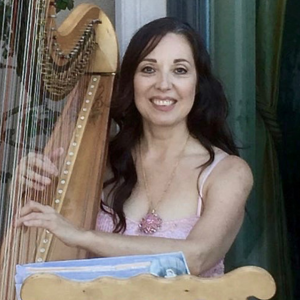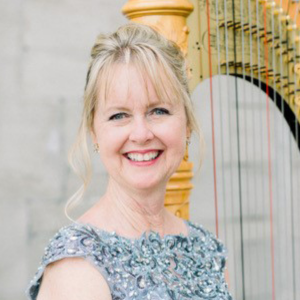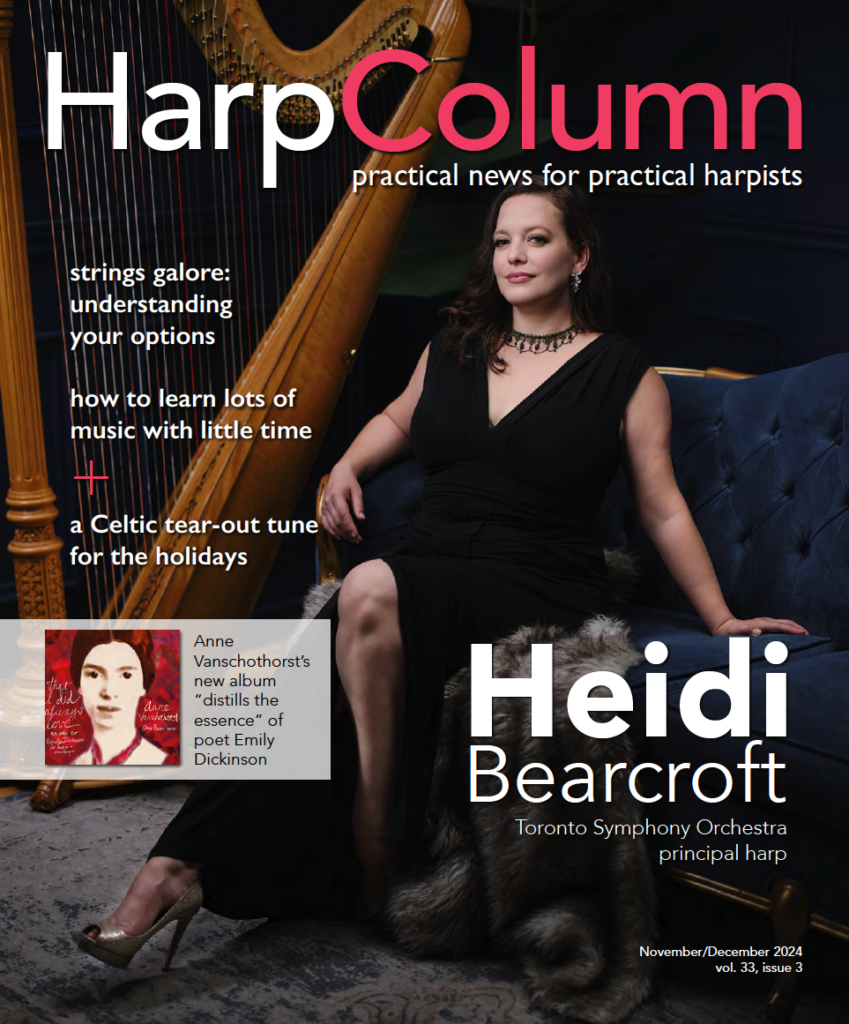How do you move your harp as age takes its toll on your body?

As a single mother back in the 1990s, I had to figure out how I could manage to move a big, heavy, pedal harp with no help and maintain a healthy body and prevent pain. Now at 66, I still follow the same regimen. As we age, we lose muscle mass so it is extremely important to eat a good, anti-inflammatory diet, supplemented by Magnesium (physicians recommend 350mg a day for females over 50). Stretches and movement are important. I walk, dance, and swim weekly. Massage helps to break up scar tissue, and I use a certified chiropractic extremity practitioner to work on my joints, arms, legs, wrists, and feet. This has helped me the most.
I have also switched to a lighter harp that has reduced pain for me. I developed the “Harp Moving Board” that is on wheels and weighs 16 pounds. Using this board, it only takes 10 seconds to move the harp into and out of the car. Laying the harp down correctly is essential. You can watch a video that shows you how to lay the harp on the board at www.harpmovingboard.com. I lean the harp against my chest and right thigh and place it on the board on its back. Then I rotate the pillar down. I bend my knees, lift, and roll the harp in. Use the same technique in reverse to get the harp out. These strategies have helped me to get through performing at three-hour gigs and more each week.

“This harp keeps getting heavier,” I’ve complained as I struggle to load my heavy, cumbersome harp. It’s easier to blame the harp than admit I’m not as strong as I was 40 years ago. How have I coped with it though these years? Fifteen years ago, I sold one of my concert harps and bought a 40-string acoustic-electric harp. Once amplified, it sounds fabulous and weighs 30 pounds less than the harp I sold. I do miss some of the bass strings when I’m playing, but when loading the harp, I’m grateful for the shorter size and weight. My wonderful 70-year-old concert grand only travels to special occasions and requires help to transport.
I regularly play at a local hospital where I have a place to store my lever harp. This wood and carbon fiber hybrid weighs 15 pounds and sounds great. The lighter weight has made the work at the hospital and traveling much easier. When playing for church or jobs where I only play a song or two, I try to use a lever harp rather than a pedal harp if possible. Mine has a wonderful rich sound, is much easier on the hands, easier to transport, and doesn’t require bringing an amp. Meanwhile, I keep exercising to strengthen my core and upper body.

The old maxim “use it or lose it” becomes truer with each passing year. Staying active and in shape will help you to continue moving harps as long as possible. Two exercises that help with both moving and playing harps are bicep curls and abdominal crunches. The crunches will strengthen your core and, therefore, your overall strength. Stronger biceps will make lifting your harp easier.
Make sure you have a system for moving your harp that uses leverage—not your back—to lift. I use a board with a foam mattress on top that was made for the harp. Lean the board against the tailgate. Lean the column onto the board and then roll the harp on its side. Bend your knees, lift the board (mine has handles), and slide it in (or out). Carefully choose your vehicle with harp moving in mind. I prefer the older style station wagons to SUVs because the tailgate and bed are generally a little lower and the seats usually fold down flat. It’s easier to slide your harp on a flat, level surface than on an incline. Make sure your harp fits between the wheel wells of your harpmobile. Consider using a smaller, lighter harp. Also consider getting one of the newer, lightweight, aluminum-frame harp dollies. Your harp dolly doesn’t need to weigh almost as much as the harp! •






